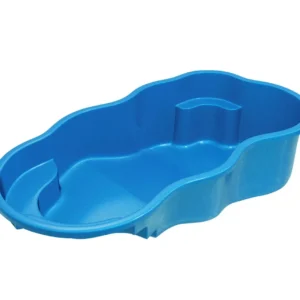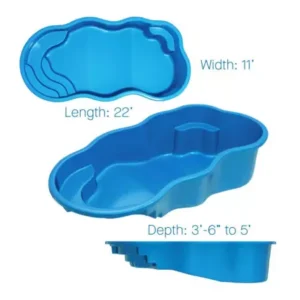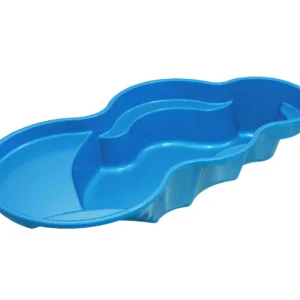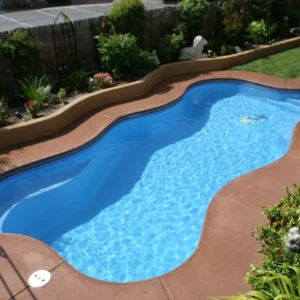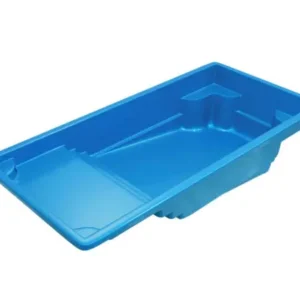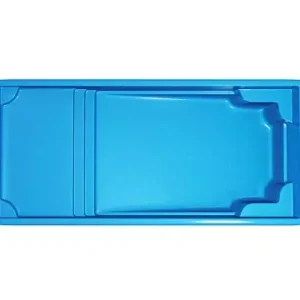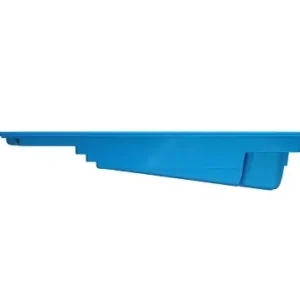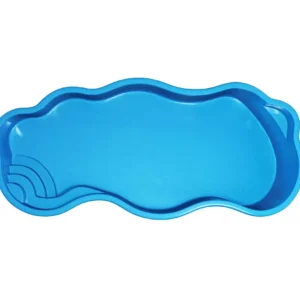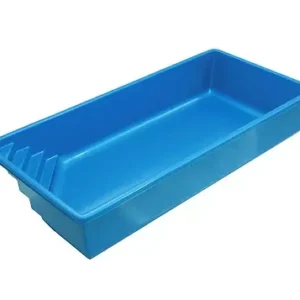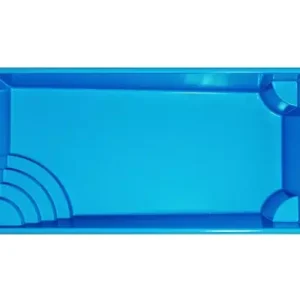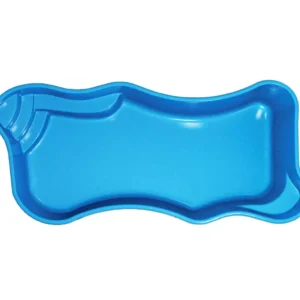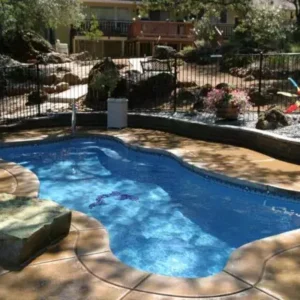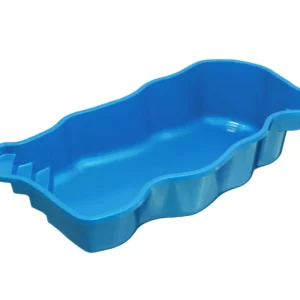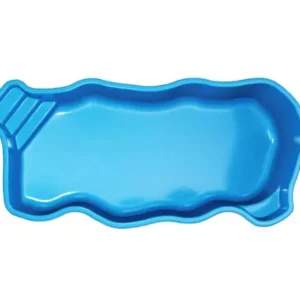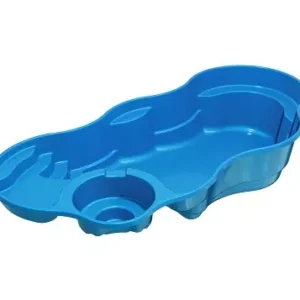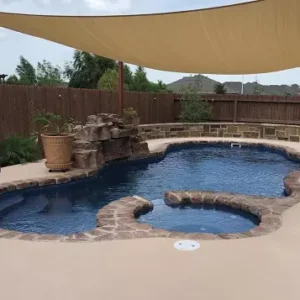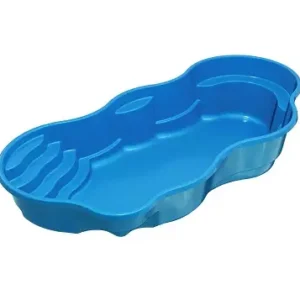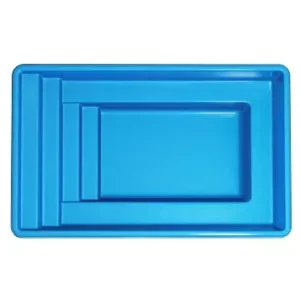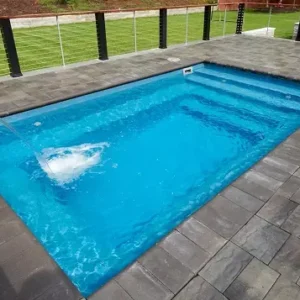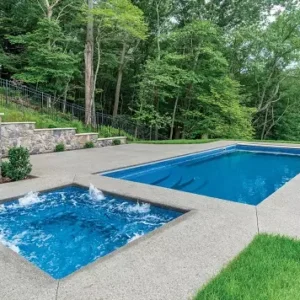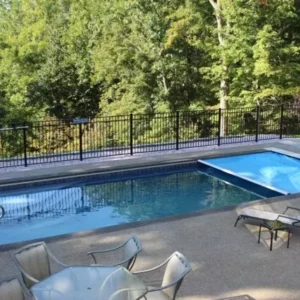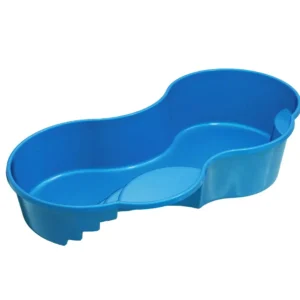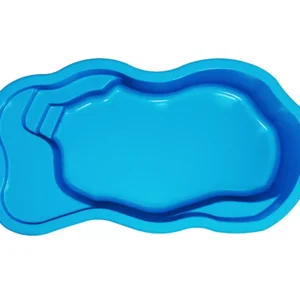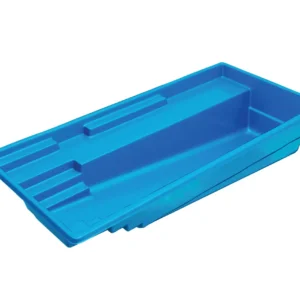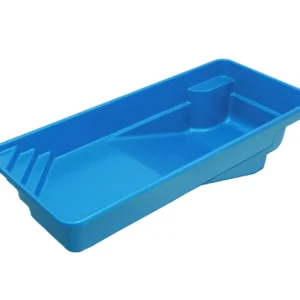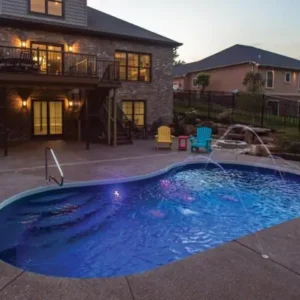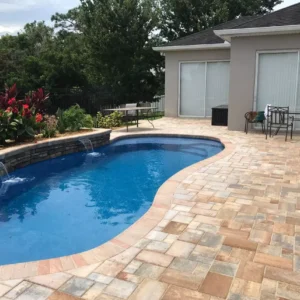As a young Dutch man growing up in Holland, Frans Jansen knew very well that the United States was the land of opportunity and the place he needed to be, So at the age of 21, Frans packed up his belongings and immigrated to America and the uncertain life that lay ahead. That journey took place in 1979.
Fiberglass swimming pools are one of the most rewarding and customizable ways to transform your backyard into the ultimate outdoor sanctuary. Compared to concrete pools, fiberglass pools are the easiest to maintain and have the strongest and most durable material. When you invest in a fiberglass pool, you’re building a pool that will last a lifetime and remain a constant source of relaxation, fun, beauty, and delight year after year.

Pre-engineered fiberglass swimming pools are in-mold, handcrafted pools that arrive at your home ready to be installed in your yard. The fiberglass is created from millions of interwoven glass threads covered with a polyester resin. It’s an incredibly sturdy material that’s ideal for an in-ground pool. In comparison, a concrete pool requires a steel or wooden framework that needs to be covered by a mixture of cement, sand, and water. Fiberglass is the material of choice for bathtubs, sinks, hot tubs, and multi-million dollar yachts, not to mention, airplanes, helicopters, exotic automobiles and many other high-performance products. As such, fiberglass is the best choice for the material for your inground swimming pool.
There are additional considerations that can impact the overall fiberglass pool installation costs. These factors include things like your personal preferences, geographic location, any specific requirements for your city or neighborhood and associated landscape concerns.
All you need is your vision and we can bring it to life, but it’s helpful to understand these installation factors so you can work with a dealer to take the best approach with the installation process.
Click the arrows below to explore the various fiberglass cost factors which include: 1) Requirements 2) Features 3) Safety 4) Electrical.
If a builder hits rock while digging for a pool, this can increase the cost, or in some cases, you may need to change the location of your pool. Is your backyard sloped or mostly flat? If your property is on a hill, you may need to have a landscaper reshape the area or build a retaining wall to prevent your pool from sliding in the ground. The wall will also help to keep dirt and debris from sliding into the pool. Discussing these with a dealer or contractor during your initial pool planning can save you time in the long run and mitigate hidden costs.

Did you know that there needs to be a certain amount of space between your pool and your property? Most cities, towns and townships also require pool owners to add additional safety features, such as a fence to prevent people from using your pool without supervision, as well as an alarm system. To understand the specifics of fence height and other safety features, your best bet is to check with your Home Owner’s Authority before you start the pool planning process. Also, make sure to determine the type of material you’re permitted to use in your area so you can make these decisions before deciding on any coping, railing or decking material.
Custom Fiberglass Pool Water Features: Beyond the basics like steps and railings that allow for easy entry into your pool, do you want to add water features like a fountain or bubbler? If so, you may need to run an additional water line in your backyard.
LED Lighting: If you plan to use your pool at night or want to turn your backyard into the ultimate nighttime hotspot, you may want to include some pool LED lights. If you plan to install lights, you may need an additional power source or you’ll have to determine with an electrician how this will work with your current setup.
Custom Coping and Decking: The standard options may add an additional cost to your starting price, but there are also some other options you may want to consider like cantilevered coping that extends around the perimeter of your pool. You want to make sure your pool and decking design fits into the overall aesthetic you want to create in your backyard, but make sure you understand how this can affect the price of your fiberglass pool.

These types of options can influence the initial set price of your pool. Make sure to talk to a pool dealer about the upgrades you want to include.
Generally, most pool owners are required to install a fence around the pool. An alarm system may also be required or at least recommended, so you will receive an alert when someone is close to the pool. Learn more about pool safety so you know what to consider as you’re planning your pool.
If you have any questions or doubts about your backyard, make sure to check with a landscaper who can assess the area and address any concerns before you begin planning your pool.
Pools require electricity for the following functions:
Before you get too deep in the pool-planning process, contact an electrician to help you determine if your current electrical service is adequate to support these new systems. Some pool builders run the plumbing over to the house, while some builders use the existing electrical system.
The location of your electrical panel is also a consideration. Some builders like to have it close by so it’s accessible for the pool. This may mean you need to install a subpanel near the pool. A licensed electrician can help you determine the safest, most cost-effective solution to power your pool and all its systems.
